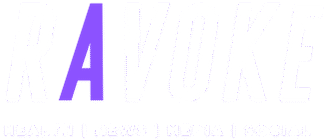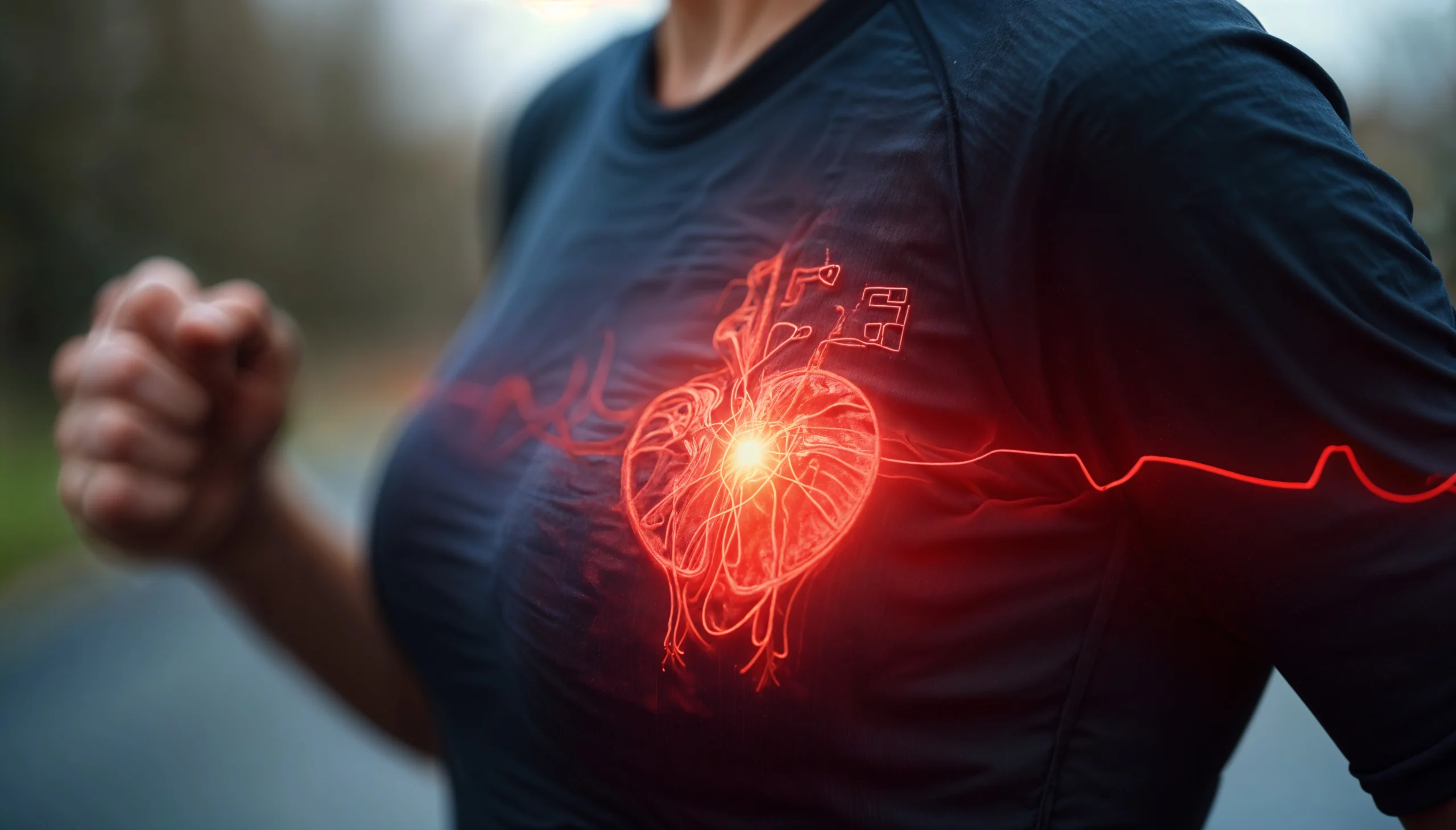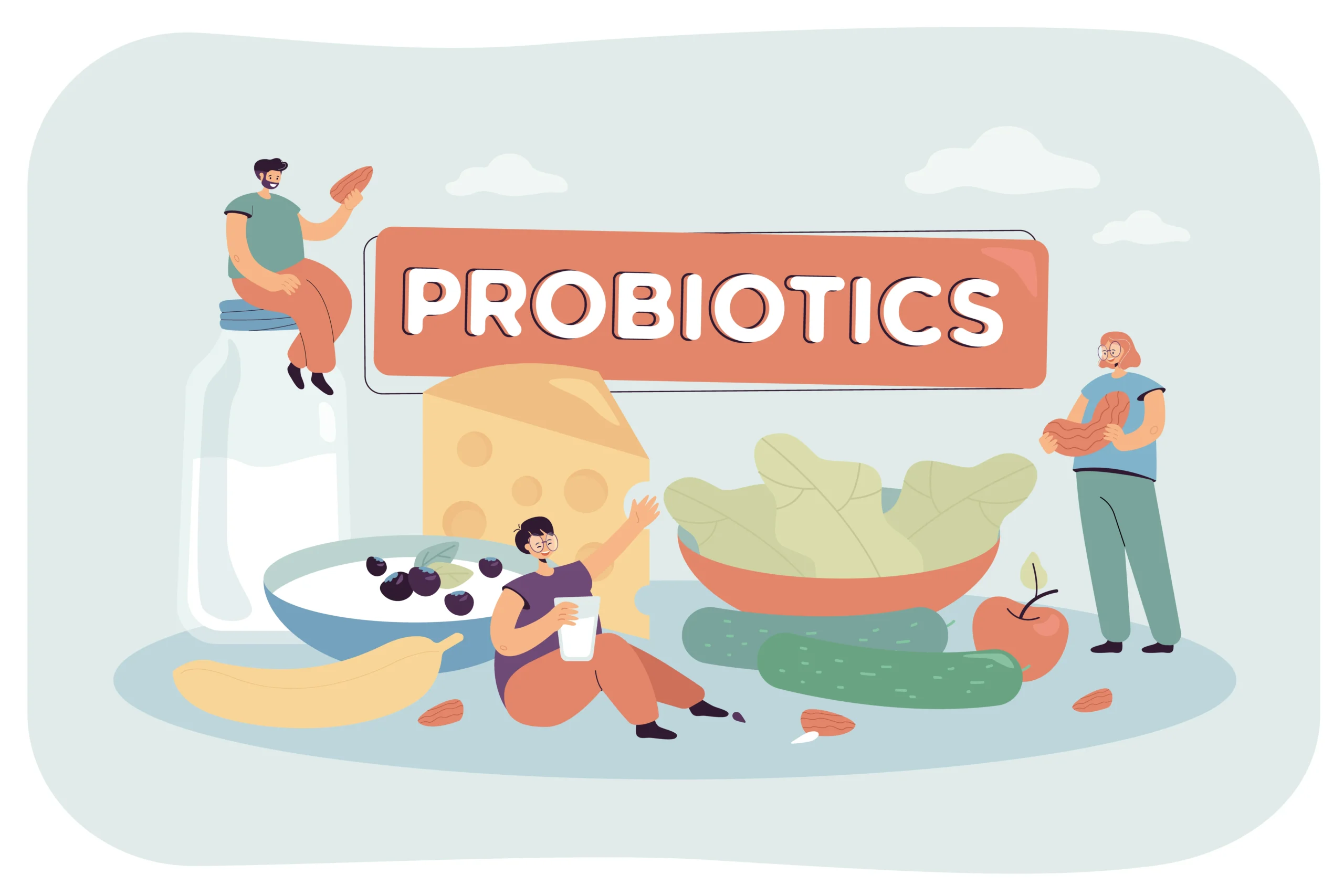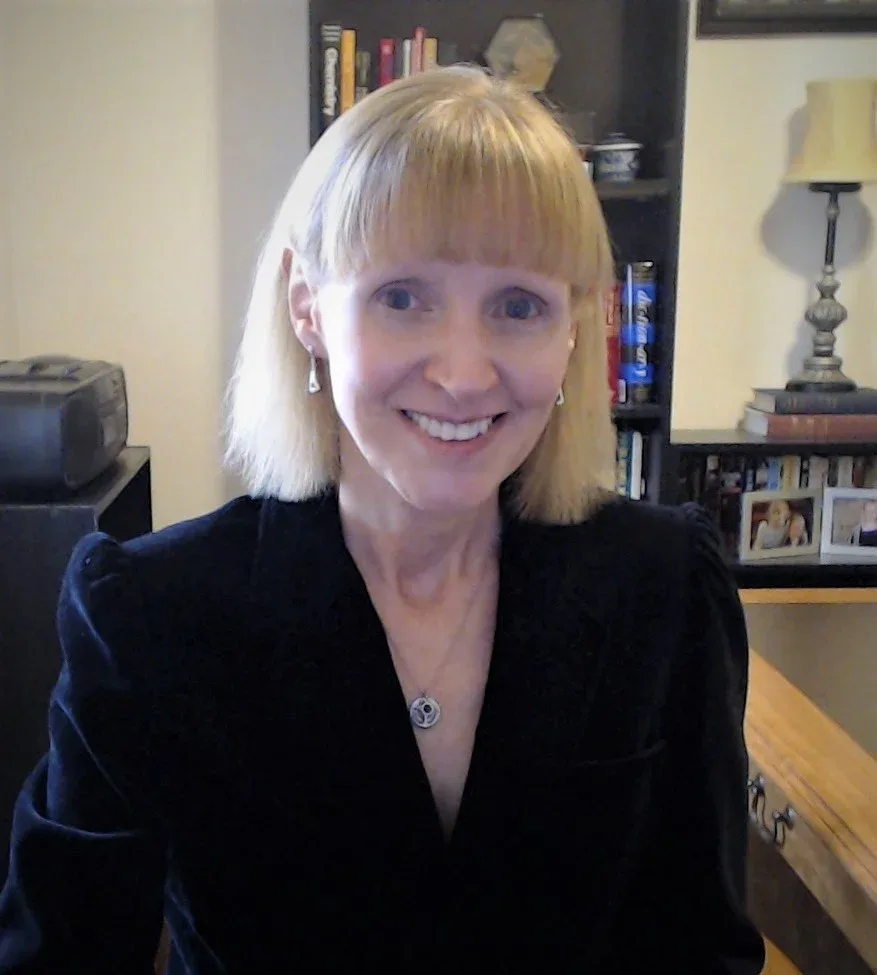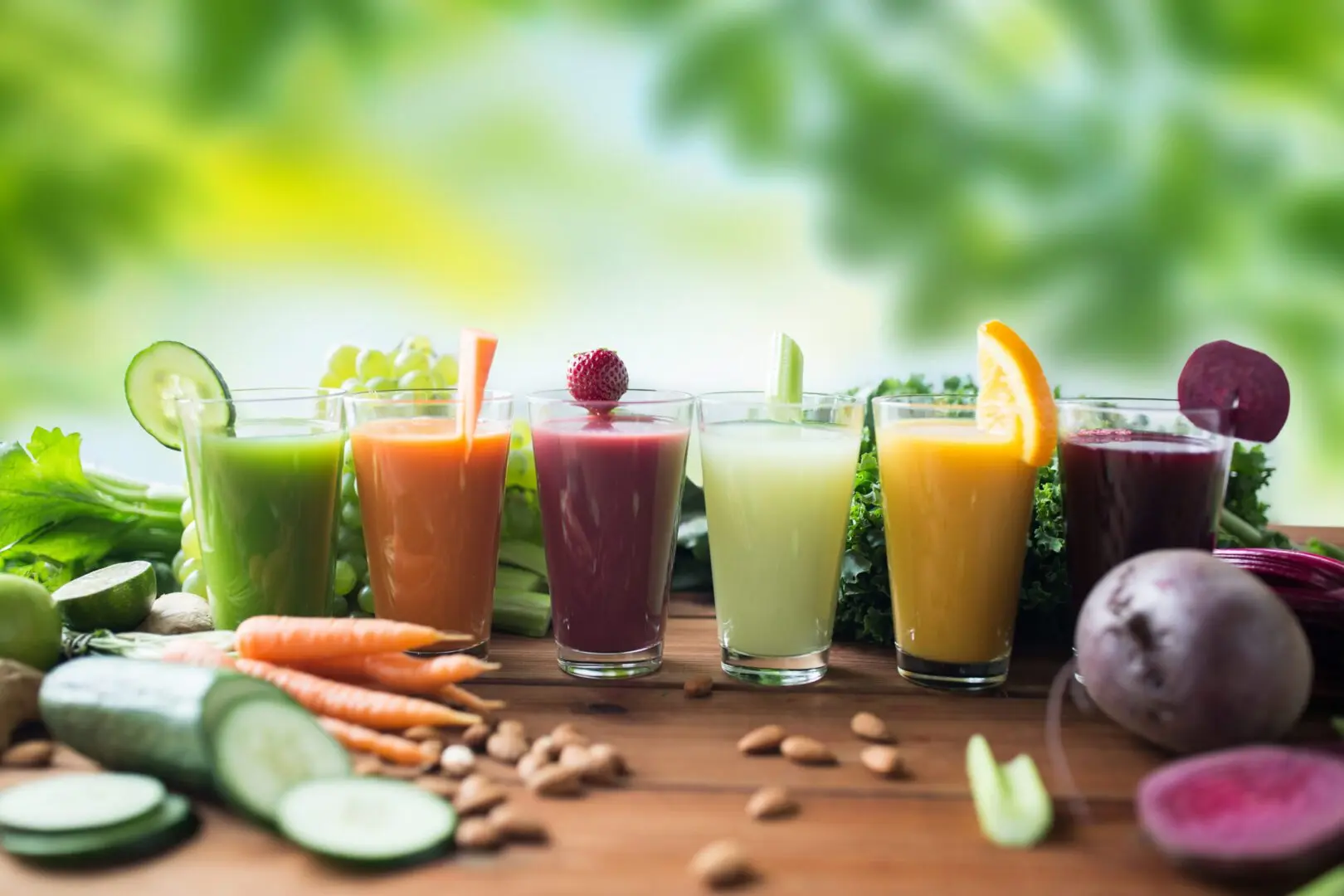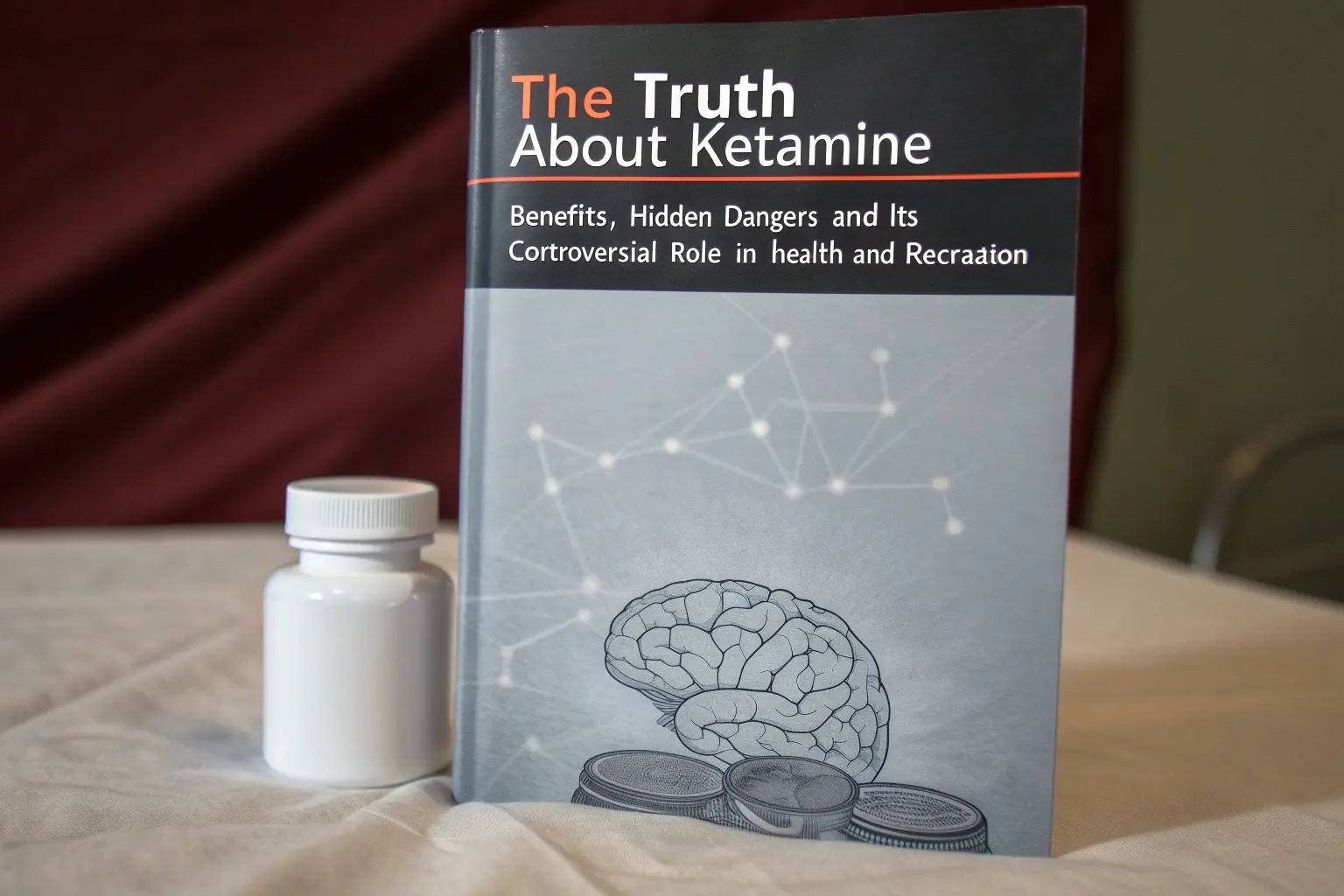How I Lowered My Cholesterol Naturally — And Found A Better Way To Live
A year ago, I sat in my doctor’s office staring at a piece of paper I didn’t want to understand. My cholesterol was high—higher than ever—and I could feel my
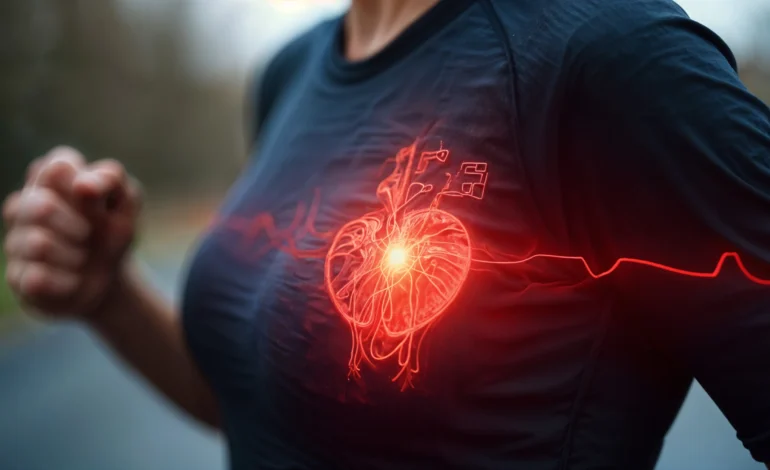
A year ago, I sat in my doctor’s office staring at a piece of paper I didn’t want to understand. My cholesterol was high—higher than ever—and I could feel my stomach drop as she gently explained what that meant. Risk of heart disease, possible medication, and that dreaded word: change.
I’m not anti-medication. But something in me whispered: Try first. Try naturally.
So I did. What started as a mission to lower my cholesterol turned into a journey of healing far deeper than I expected. And what I learned along the way—not just about food and fitness, but about how misunderstood cholesterol really is—changed my life.
Cholesterol: It’s Not the Villain We Think It Is
Before we get into the changes I made, let me share what most people don’t realize: cholesterol isn’t automatically bad.
Your body actually needs it. Cholesterol helps build hormones, produce vitamin D, and maintain healthy cell membranes. The issue isn’t cholesterol itself, but balance—particularly between LDL (often called “bad” cholesterol) and HDL, the “good” cholesterol.
For years, I only heard about the dangers of high LDL. But what my doctor explained—and what I later confirmed in my own research—was that my HDL was dangerously low, and that was just as important.
HDL acts like a cleanup crew for your arteries. It helps clear excess cholesterol and prevent plaque buildup. So even if your LDL is a little elevated, strong HDL levels can protect your heart.
Boosting my HDL became just as big a goal as lowering LDL. And once I shifted my focus, I saw better results—on paper and in how I felt.
Rethinking What We’ve Been Told
Around the same time, a friend handed me a book called The Cholesterol Myth by Dr. Uffe Ravnskov.
I was skeptical, but curious. And what I found inside was a thoughtful, research-heavy argument that high cholesterol isn’t always the health risk we’ve been led to believe—especially in older adults or people without other major risk factors.
The book explored how dietary cholesterol doesn’t necessarily equal high blood cholesterol and how many heart attacks occur in people with normal or even low cholesterol levels.
It didn’t convince me to ignore my numbers—but it did teach me not to panic. It reminded me to look at the whole picture of my health, not just one marker. Most importantly, it gave me confidence to approach this holistically, not fearfully.
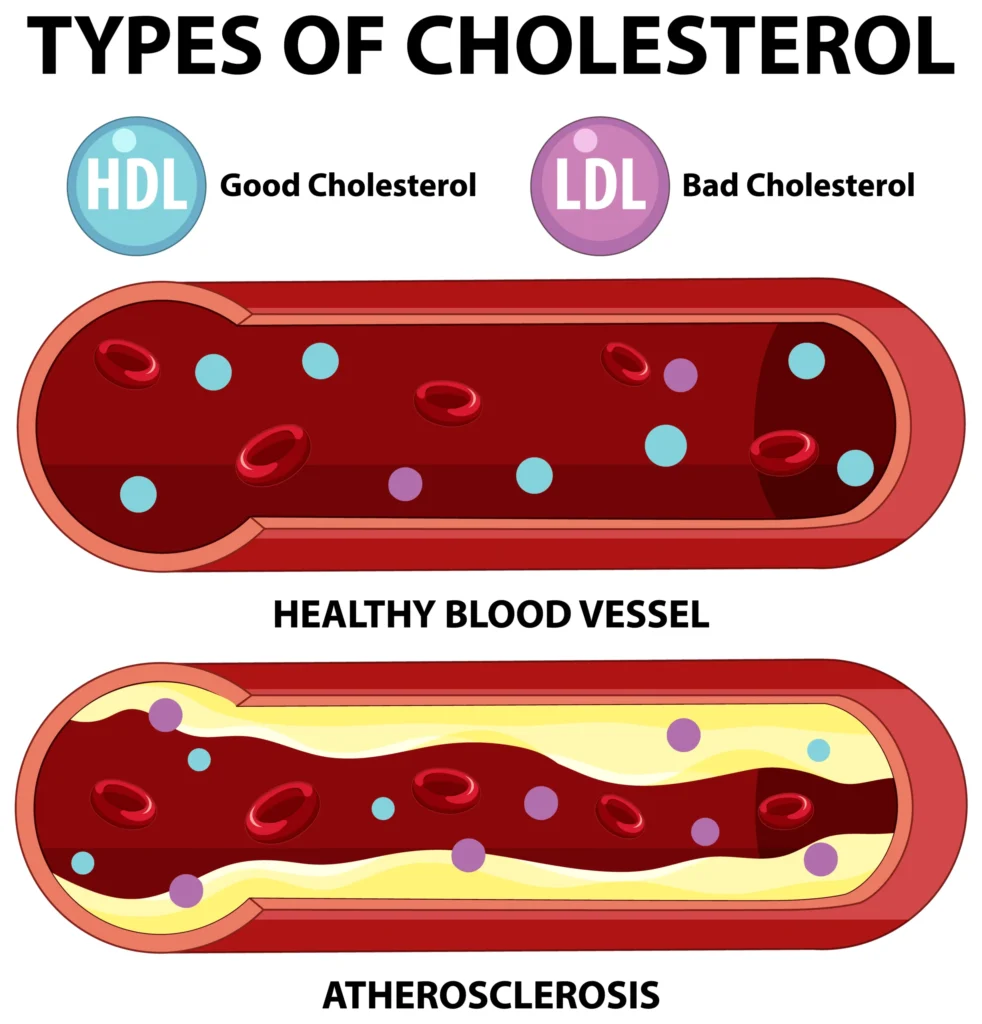
Starting Small: My First Shifts
I didn’t wake up and become a health guru overnight. I started with a simple walk each morning. I swapped soda for herbal tea. I started reading labels—and was shocked at how much sugar and trans fats had crept into my daily life.
Then I turned to food.
I ditched the fried stuff and filled my fridge with the basics of a heart-healthy diet: oats, beans, leafy greens, avocados, nuts, salmon, olive oil. I started experimenting with recipes—soups, stir fries, smoothies—and found I actually enjoyed eating this way.
Oatmeal became my daily go-to, often with flaxseed and berries (which are surprisingly powerful when it comes to cholesterol). I added garlic to nearly everything. I snacked on walnuts and almonds instead of chips. I stopped fearing fat—as long as it came from real, whole sources.
HDL, My New Best Friend
While cutting down on saturated fats helped my LDL, I also focused on raising my HDL, which turned out to be a game changer.
What helped me the most?
- Exercise—especially cardio like brisk walking and biking.
- Healthy fats—avocados, olive oil, nuts, seeds.
- Omega-3s from fatty fish like salmon and sardines.
- Limiting sugar and refined carbs, which suppress HDL.
- A few supplements, like niacin and fish oil (only after checking with my doctor).
The more I focused on strengthening my good cholesterol, the better my body responded.
The Role of Movement
I’ve never loved gyms. But I did fall in love with movement.
I walked after lunch. I danced while folding laundry. I biked to my local farmer’s market instead of driving. Exercise became a form of self-respect, not punishment. And the science backed it up: regular moderate activity can raise HDL and lower triglycerides—which, in my case, were just as out of balance as my cholesterol.
I didn’t need fancy trackers or intense routines. I just had to move more and sit less.
Real Results Without Medication
Eight months after I started, I went back to the doctor. She raised her eyebrows and smiled.
My LDL was down by 43 points, HDL had gone up by 12, and triglycerides had dropped by nearly half. My blood pressure improved. I had more energy, my digestion was better, and I felt emotionally lighter too.
I had done it—lowered my cholesterol naturally, and balanced the whole picture of my health.
And I kept the medications in the cabinet, untouched.
So, Is High Cholesterol Always Bad?
Not necessarily.
What I’ve learned—through personal experience, my doctor, and books like The Cholesterol Myth—is that cholesterol levels need to be understood in context. Age, genetics, inflammation, blood sugar, weight, and lifestyle all play major roles.
For some people, especially older adults, higher cholesterol may actually be protective, according to studies like the 2016 review in BMJ Open, which found lower mortality rates in people over 60 with higher LDL.
But that doesn’t mean we can ignore cholesterol altogether. It just means we shouldn’t be afraid of it. We should understand it—and respond with wisdom, not fear.
The Takeaway
If you’re staring at your own lab results right now, overwhelmed and unsure where to begin, start here:
- Focus on adding real, whole foods—not just cutting things out.
- Move more, even if it’s just walking.
- Support your HDL, not just reduce LDL.
- Educate yourself—don’t be afraid to ask questions.
- And remember, your numbers don’t define your worth.
I’m not perfect. I still have moments where I reach for old habits. But I now know that my body is capable of healing, and I trust it more than I ever did before.
You don’t need to be extreme to be effective. Just honest. Just consistent. Just willing to care for yourself, one choice at a time.

